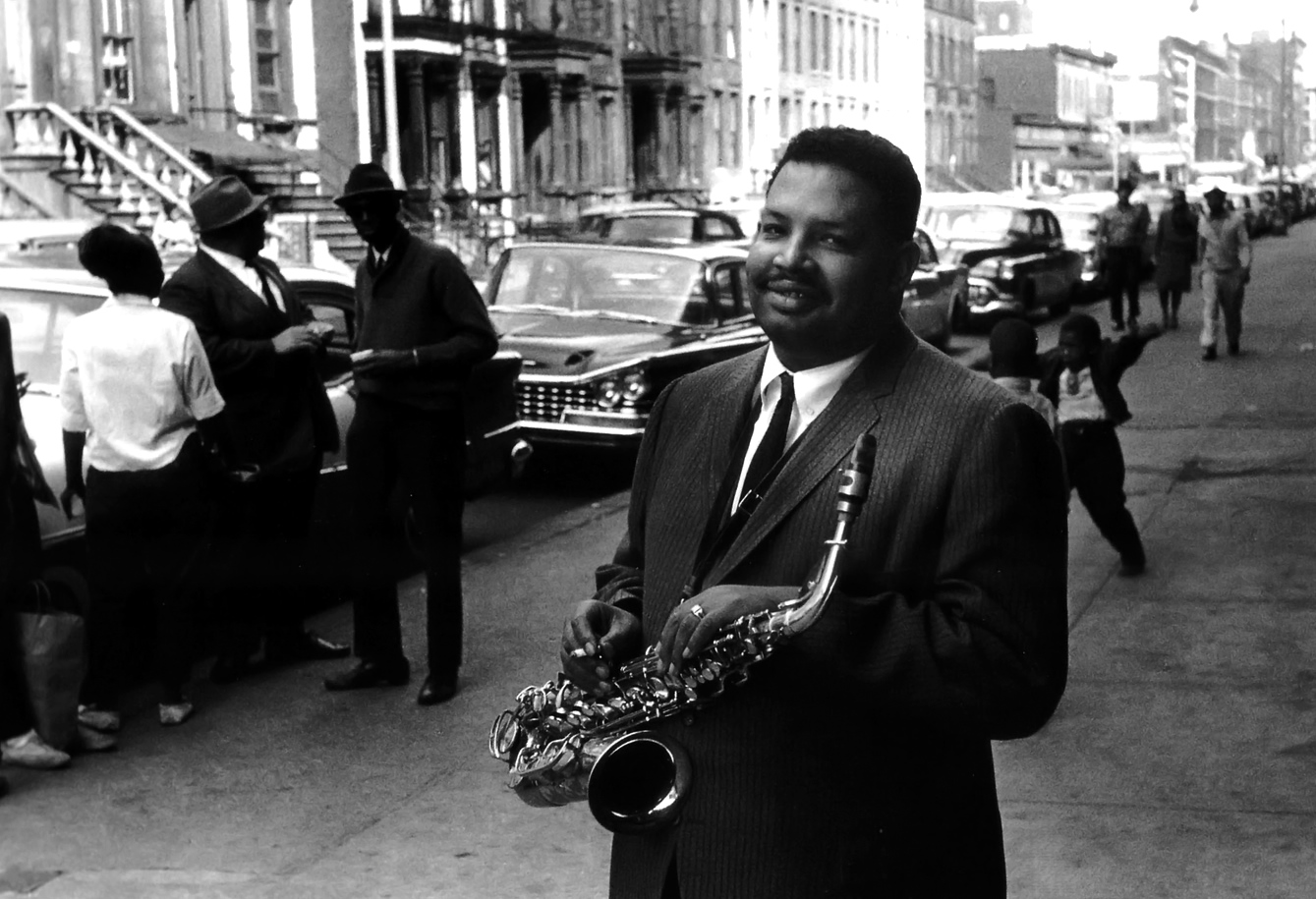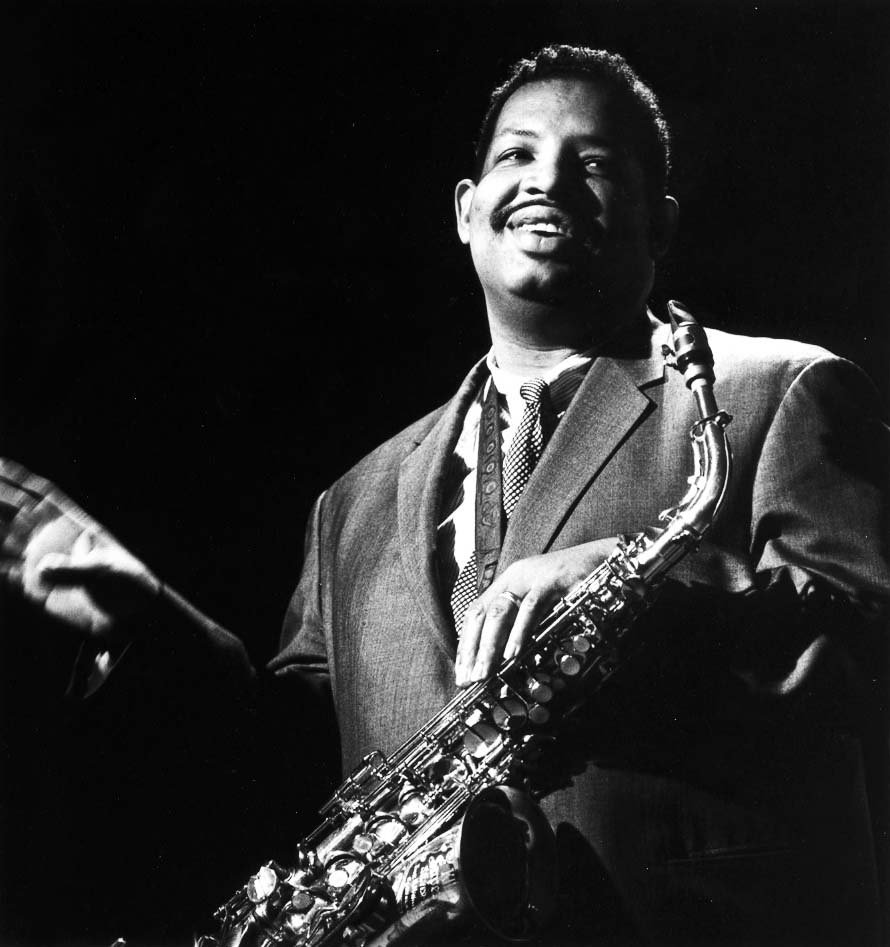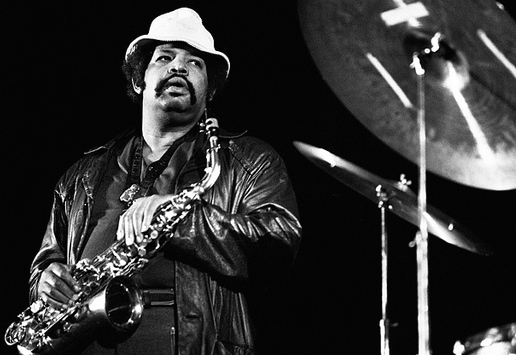

Julian “Cannonball” Adderley was the first musician to take listeners’ ears beyond the monumental achievements of Charlie Parker on the saxophone. Adderley’s alto helped define the hard-bop sound, with his combination of blistering technique and a seemingly effortless ability to meld the blues, gospel, and funk with bebop.
One of the great alto saxophonists, Cannonball Adderley had an exuberant and happy sound that communicated immediately to listeners. His intelligent presentation of his music (often explaining what he and his musicians were going to play) helped make him one of the most popular of all jazzmen.
Cannonball Adderley’s career started as Charlie Parker died and bop was dominant in jazz and extended through the time when avant guarde and free jazz were challenging listeners. The soulful, bluesy style he played was always accessible to listeners. His playing was influenced originally most by Bird and Benny Carter and later the influences of John Coltrane, Miles Davis and Bill Evans can be heard. Even as Cannonball’s style developed he always had a soulful joyousness to his playing. Later in the jazz chronology, the playing of Adderly along with others like Art Blakey and Horace Silver came to be considered the start of hard bop.
Adderley’s direct style on alto was indebted to the biting clarity of Charlie Parker, but it also significantly drew from the warm, rounded tones of Benny Carter; hard swingers such as Louis Jordan and Eddie “Cleanhead” Vinson were important influences as well. Adderly became a seminal influence on the hard-driving style known as hard-bop, and could swing ferociously at faster tempos, yet he was also an effective and soulful ballad stylist.
Two words best encapsulate the music of alto saxophonist Julian “Cannonball” Adderley: “joy” and “soul.” It’s those two qualities that helped make it possible for Cannonball’s music to bridge the post-bop of the 1950s and ’60s and the jazz fusion of the ’70s and beyond.
Cannonball Adderley became an important innovator on his horn, eventually teaching and lecturing on jazz, and serving as a prominent spokesperson for the musician genre through extensive television work and residences at several universities. He also experimented with different rhythms and electronics, and before his death, he had begun to re-record some of his earlier numbers.
“He had a certain spirit. You couldn’t put your finger on it, but it was there in his playing every night.”
— – Miles Davis

